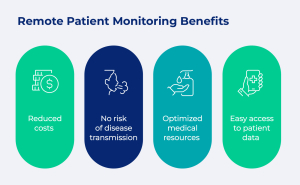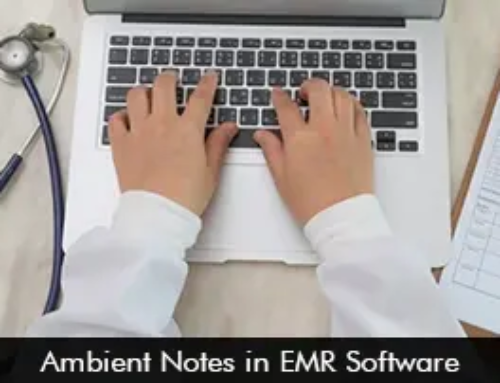Remote patient care, also known as telehealth or telemedicine, allows healthcare professionals to connect with patients remotely. In this blog, we explore the potential of EMR software in transforming remote patient care.
Seamless Access to Patient Information
EMR software serves as a comprehensive repository of patient health records. It provides healthcare practitioners with real-time access to crucial patient information. When integrated with remote patient care platforms, EMR software enables healthcare professionals to retrieve and review patient records during virtual consultations. This seamless access to patient data allows providers to make informed decisions and develop personalized treatment plans, regardless of the physical distance between them and the patient.
Enhanced Care Coordination and Continuity for Remote Patient Care
Remote patient care, coupled with EMR software, facilitates efficient care coordination and promotes continuity of care. With access to a patient’s complete medical history healthcare providers can deliver personalized care that aligns with the patient’s ongoing treatment. Moreover, EMR software enables the secure sharing of patient data among different healthcare providers. This allows for collaboration and seamless transitions between virtual and in-person visits.
Remote Monitoring and Chronic Disease Management
EMR software integrated with remote patient care platforms enables the monitoring and management of chronic diseases from the comfort of a patient’s home. Through wearable devices and remote monitoring tools, healthcare providers can track and collect data on symptoms, and monitor disease progression remotely. This data is then integrated into the patient’s EMR, allowing for timely interventions, and adjustments in treatment plans. This reduces hospital visits and improves overall quality of life.
Improved Patient Engagement and Access
EMR software and remote patient care platforms encourage active patient participation in their healthcare journey. Patients are able to securely access their medical records, review test results, and request prescription refills. They also communicate with their healthcare providers through patient portals integrated with EMR systems. This enhanced patient engagement fosters a collaborative relationship between patients and providers, leading to better health outcomes, increased adherence to treatment plans, and higher patient satisfaction.
Efficient Documentation and Workflow Within Remote Patient Care
EMR software eliminates the need for manual documentation and paperwork. It streamlines healthcare workflows and increases efficiency. Remote patient care visits are documented within the EMR system, ensuring accurate and up-to-date patient records. This digitization of patient data reduces administrative burdens and eliminates the risk of errors associated with manual entry. This way, healthcare providers focus more on patient care during virtual consultations.









